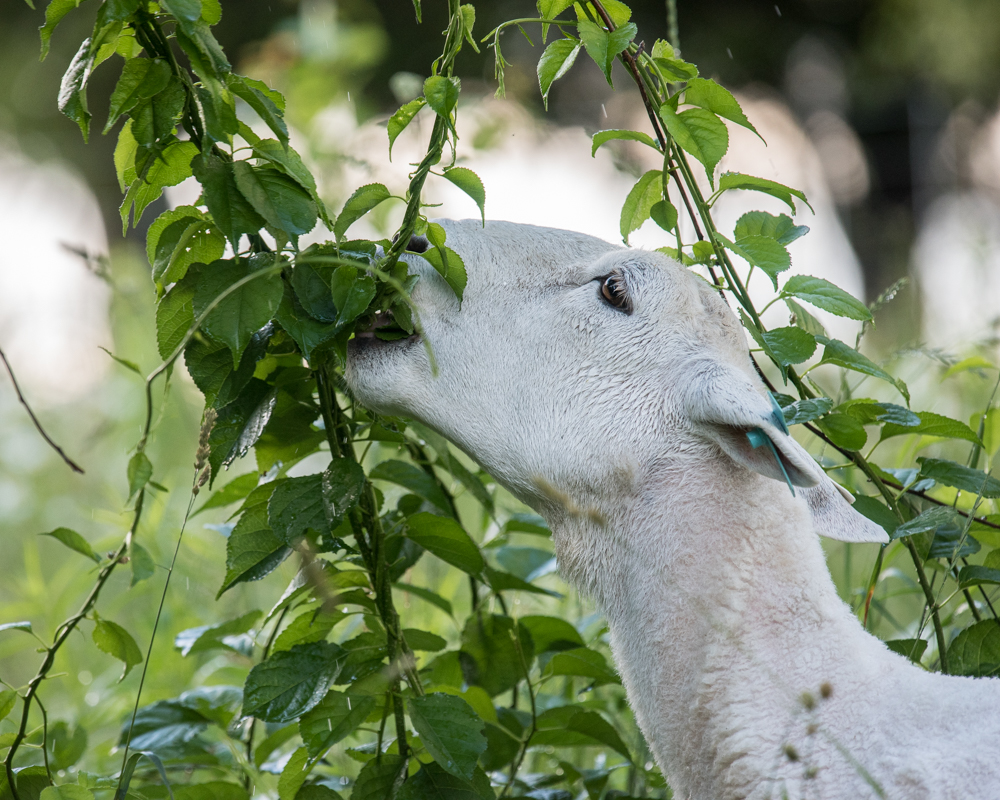I’ve been thinking lately about the funny relationship between sheep and pasture. When I imagine symbiosis — literally “living together” — the image of the Egyptian plover and the Nile crocodile comes to mind: croc opens his mouth, plover eats the bits of meat stuck between the croc’s teeth; bird gets food, and croc gets free dental care. That the story is made up* doesn’t weaken the power of the archetype — two creatures in a mutually beneficial partnership.
With grazing, it’s clear how the sheep benefit — they derive sustenance from the plants they eat — but what about the pasture? The individual plants would arguably be better off without sheep consuming the products of their photosynthetic efforts. But the pasture as a whole would quickly revert to forest in a place like New Hampshire when tree seedlings grow and shade out understory plants like grasses. So at the ecosystem level, sheep and grasslands are crucial for each other’s existence, while the individual plants engage** in a kind of altruistic sacrifice — if their leaves weren’t consumed by herbivores, they and their ecosystem would cease to exist.
Things get even murkier on a farm, a manufactured ecosystem where the farmer is constantly putting his thumb on the scale of evolution, choosing the principal herbivores and some or all of the members of the plant community. But despite the farmer’s attempts at control, nature asserts itself in the pasture, and the wild organisms of a grassland establish themselves — bobolinks and grasshoppers and strawberries and all the rest.
As the new guy inserting himself into this complex dance, I’m trying to understand how my decisions are tipping the scales, which ways I’m nudging the ecosystem. My sheep have more catholic dietary preferences than the cattle that used to live here, and my intensive grazing management encourages them to be even less picky. In theory, this should increase the diversity of the plant community, since the sheep won’t have the opportunity to eat their favorite plants into oblivion. My biases also weight the outcomes. Every time I discover that my sheep have a taste for an “invasive” plant, I allow them to devour it more completely than I would a “desirable” plant. When I saw that some of the ewes were particularly fond of the leaves of oriental bittersweet vine (Celastrus orbiculatus), I felt a little thrill of glee, though I’m not sure I can make a compelling argument that bittersweet is “worse” than the popple tree (Populus tremuloides) it’s climbing on.

_______________
* Herodotus made reference to this mutualistic relationship, but it’s never been documented in nature.
** I realize I’m veering into problematic territory by ascribing agency to plants, but language, shaped in our own image, feels like it’s fighting me here.
Tagged: ecology, evolution, grassland, hand-waving, invasive, mutualism, oriental bittersweet, pasture, sheep, symbiosis